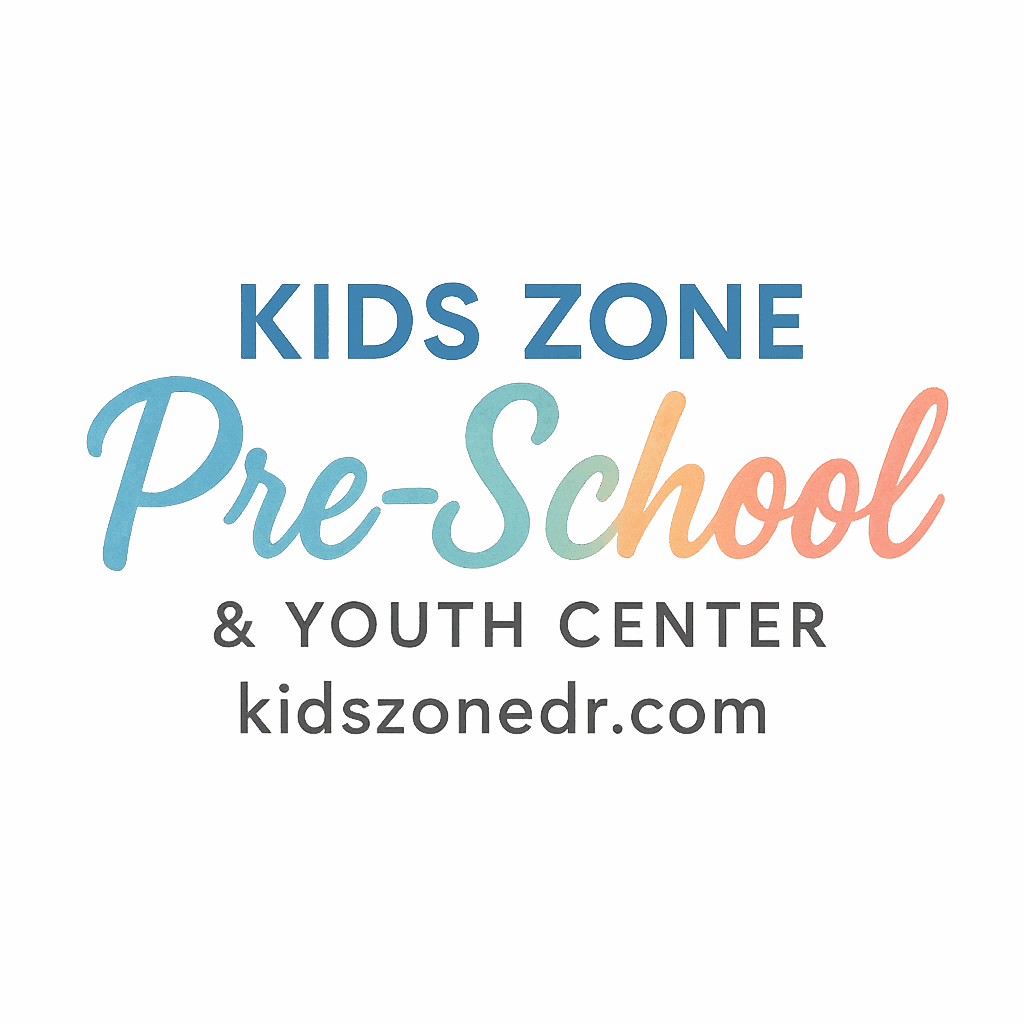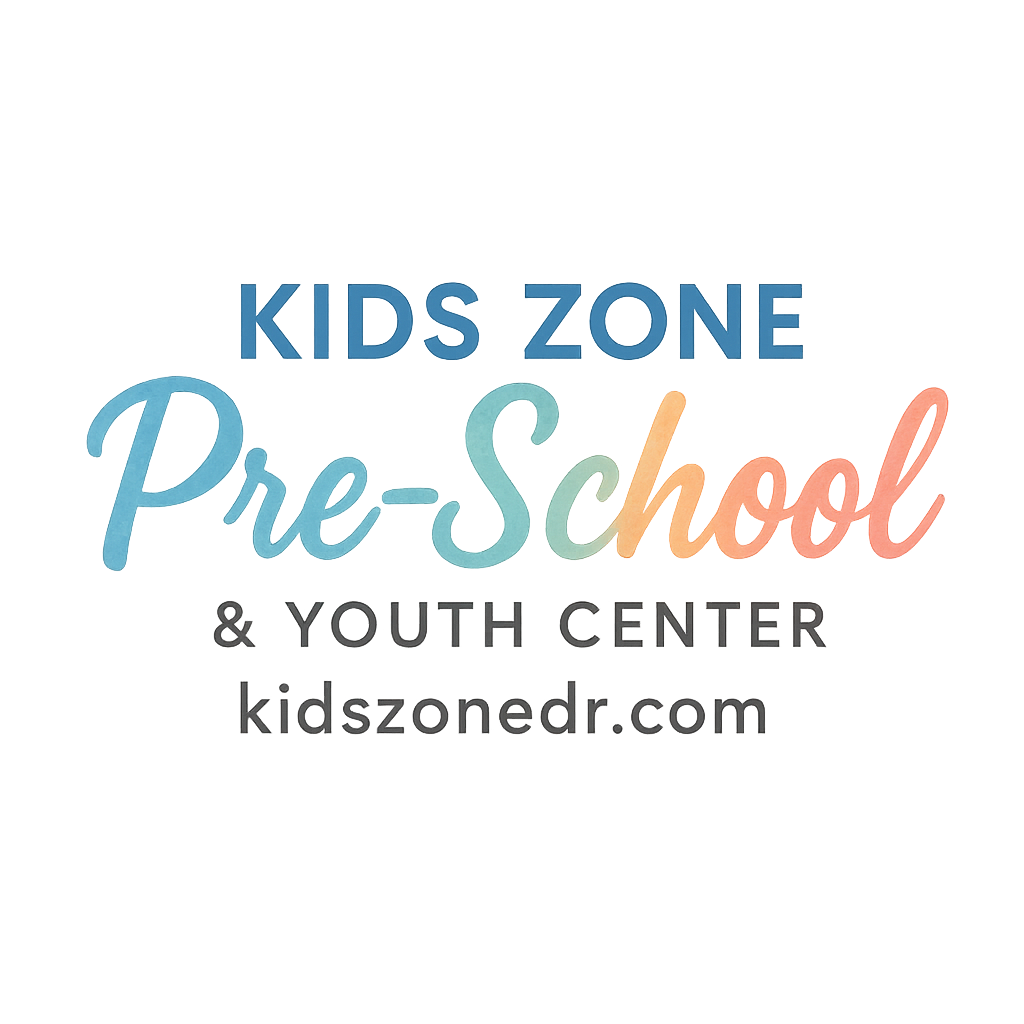Preschoolers are energetic, full of curiosity, and—let’s be honest—a little germy. In a room full of pint-sized humans sharing toys (and sometimes sneezes), a preschool teacher becomes more than an educator—they’re a health watchdog. Let’s dive into the 7 signs of illness a preschool teacher watches for to keep kids safe and learning.
Why Preschool Teachers Play a Vital Role in Child Health
Your child’s preschool teacher isn’t just teaching ABCs and 123s. They’re trained to recognize physical and behavioral cues that signal potential illness. Early detection matters, especially in a group environment where germs spread faster than finger paint on a wall.
The Importance of Early Detection in Preschool Settings
Preschoolers aren’t always able to express how they feel. A tummy ache could turn into a bigger issue if not caught early. That’s why teachers are always scanning for red flags that might indicate a child is unwell.
1. Fever and Chills: First Red Flags
Temperature Guidelines in the Classroom
A fever is one of the first and most obvious signs of illness. According to pediatric health guidelines, anything over 100.4°F is a cause for concern. Teachers often perform non-contact forehead scans and check for warm foreheads or sweaty brows.
When to Call Parents
If a child has a fever, especially when paired with chills or flushed cheeks, it’s time for a call home. Most preschools have a “24-hour fever-free” policy, meaning the child must be fever-free without medication before returning.
➡️ Learn more about how preschools maintain wellness at Health & Safety in Preschool.
2. Persistent Coughing and Sneezing
Recognizing the Difference Between Allergies and Illness
A random sneeze? No big deal. But persistent coughing or sneezing could indicate a cold, flu, or even something more serious like RSV. Teachers look for patterns—are tissues piling up? Is the cough dry or wet? These cues help determine if it’s illness or seasonal allergies.
Internal Link: Discover how routines affect child health in Daily Routines & Activities.
3. Vomiting and Diarrhea
Sanitation and Containment Protocols
These symptoms are unmistakable and highly contagious. Teachers act quickly to isolate the child, clean up safely, and notify parents immediately. It’s not just about one sick child—it’s about preventing an outbreak.
Related tag: Healthy Eating
4. Skin Rashes or Discoloration
Common Childhood Rashes That Raise Concern
From hand-foot-mouth to chickenpox, teachers are trained to notice unusual skin issues. A rash that’s spreading, blistering, or causing discomfort is a red flag. Even hives from an allergic reaction fall under this sign.
Learn more at Preschool Learning & Development

5. Lethargy or Unusual Fatigue
How Teachers Spot “Not Feeling Like Themselves”
A normally energetic child who suddenly wants to nap or is uninterested in playing might be coming down with something. Teachers know what’s “normal” for each child and can quickly notice when something’s off.
See how milestones are tracked at Kids Development.
6. Loss of Appetite or Refusing Food
When Skipping a Snack Is a Warning Sign
Most kids love snack time! So, when a child refuses to eat, it can be a clue that they’re not feeling well. Teachers take note if this happens more than once or with other symptoms.
Internal link: Nutrition
7. Irritability or Behavioral Changes
Emotional Cues That Might Signal Physical Illness
Not all signs are physical. A child who’s suddenly irritable, tearful, or overly clingy might be dealing with something their words can’t express. Teachers are tuned into these mood shifts and know when to dig deeper.
Explore child emotions at Child Talk
The Teacher’s Toolkit: Training and Observation Skills
Teachers don’t just “guess” when a child is ill. They go through CPR, first aid, and illness recognition training to make informed decisions. They observe body language, monitor energy levels, and track symptoms throughout the day.
What Happens When a Child Shows Symptoms at Preschool
Once a symptom is noticed, the child may be moved to a quiet area away from peers. Parents are contacted immediately, and sanitation protocols begin. Teachers document everything to ensure accurate communication and follow-up.
Related resource: Parental Guidance & Involvement
Supporting Health at Home and School: A Partnership
Parents and teachers form a team when it comes to protecting children’s health. Good communication, shared expectations, and consistency go a long way in keeping illness out of the classroom.
Creating a Healthy Classroom Environment
Daily Cleaning and Disinfecting
High-touch areas like toys, doorknobs, and art supplies are disinfected daily to reduce the spread of germs.
Teaching Healthy Habits to Preschoolers
From washing hands to covering sneezes, teachers instill these habits early. They even make it fun—think songs and games about hygiene!
➡️ Explore how preschool structure helps form Healthy Habits
Communicating with Parents About Health Concerns
How to Have the “Your Child Might Be Sick” Talk
These conversations require empathy and clarity. Teachers approach them gently but firmly, always prioritizing the child’s well-being.
Check out tips at Parenting
When to Keep Your Child Home from Preschool
If your child has:
- A fever over 100.4°F
- Vomiting or diarrhea in the past 24 hours
- A contagious rash or pink eye
- Severe cough or trouble breathing
…it’s best to keep them home. This protects not just your child, but their classmates too.
Resources for Parents and Caregivers
Need help deciding if your child is too sick for school? Visit:
Conclusion
Preschool teachers are the unsung heroes when it comes to spotting illness early. By noticing subtle (and not-so-subtle) signs, they keep classrooms healthier and children safer. It’s all part of creating a nurturing space where your little one can grow, learn, and thrive.
Ready to support your child’s health journey? Start by getting involved with your preschool community and being alert to the signs teachers are trained to recognize.
FAQs
1. What should I do if my child has a slight fever but feels fine?
Keep them home and monitor symptoms. Even mild fevers can mean something contagious.
2. How do teachers know if a child’s behavior change is due to illness?
They observe patterns and changes compared to the child’s typical behavior.
3. Can a teacher diagnose my child with an illness?
No, but they can identify symptoms and suggest seeing a doctor.
4. How can I help prevent my child from getting sick at preschool?
Teach hygiene habits at home, maintain a healthy diet, and follow school sick policies.
5. Are teachers trained to handle medical emergencies?
Yes, they typically receive CPR, first aid, and illness response training.
6. What happens if multiple kids get sick in one class?
Schools follow a response protocol including cleaning, parent alerts, and sometimes temporary closures.
7. Where can I learn more about preschool health policies?
Visit Health & Safety in Preschool for detailed information.


